“Should we cross the border / Going Beyond / Without missteps / Discover what is behind…” (Donoré – Passer la Frontière). Let’s cross the border and discover the Bolivian Altiplano, seemingly “the region” to discover. The Altiplano or high plain is located in west-central South America, lying between Bolivia, Peru, Chile and Argentina. It is the second largest plateau in the world after the Tibetan plateau. The Bolivian Altiplano is beyond anyone’s imagination, at least, mine and probably yours: an endless, magnificent journey amidst surrealist scenery straight from another planet, and an arduous journey as well. A region with an arid climate where the mountain tops and Salars de Uyuni stretch to infinity. The scenery of the Bolivian Altiplano is among the most beautiful in the world!
Just after crossing into Southwestern Bolivia, the Laguna Verde, a salt lake with blue-green hues, appears at an elevation of 14,100 feet nestled at the foot of the magnificent volcano Licancabur, which rises to 19,252 feet. The lake offers a colorful panorama of breathtaking beauty. The magnificent colors result from a high concentration of lead carbonate, arsenic, calcium, and sulfur. You just want to jump right in. At daybreak, as the sediment in the lake is stirred by the wind, the lake’s colors can change from deep brown to emerald green in a second. Between noon and 2 P.M. green is the most striking color. The region is, during the day, constantly exposed to an icy wind, whipping the surface of the water into white caps. Next to Laguna Verde, across a narrow strip of land, is the Laguna Bianca. Like Laguna Verde, Laguna Bianca at an elevation of 14,270 feet on the Altiplano is named for color created by the high concentration of minerals in its waters. The play of colors and reflections on the lake waters is everything but wearisome.
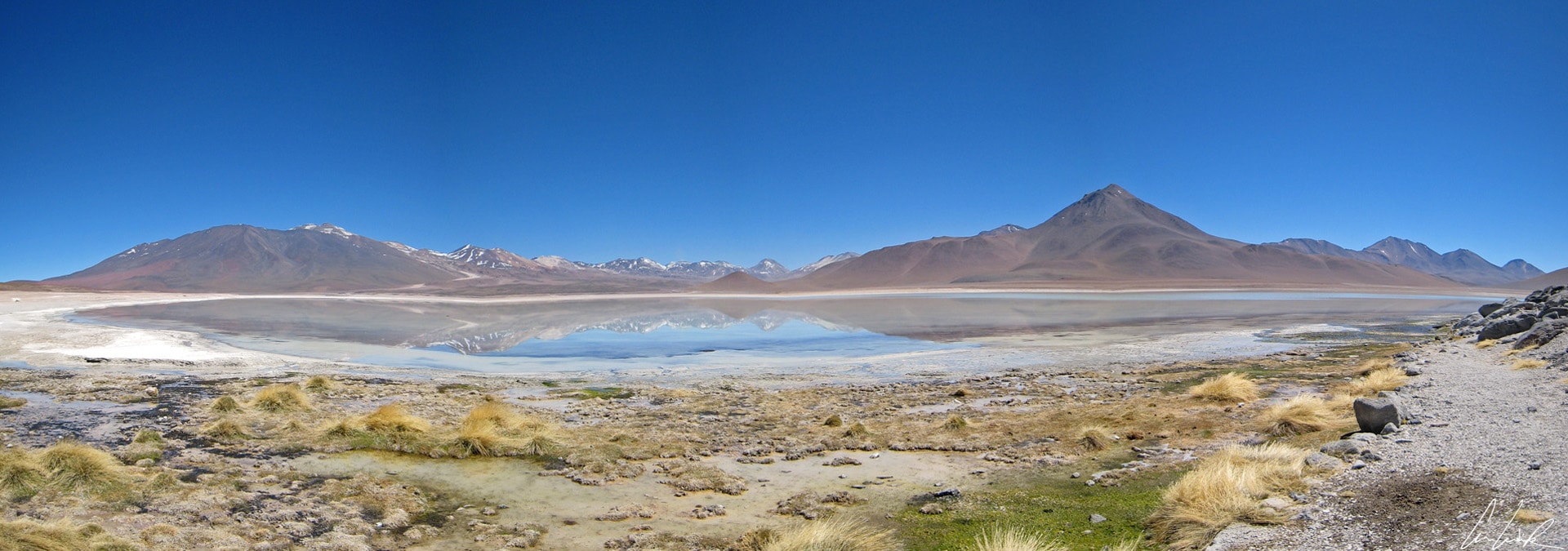
Laguna Bianca
The Bolivian Altiplano is characterized by a clear, deep blue sky, blinding, high-altitude sunshine, ultraviolet rays that burn the skin, and rarefied oxygen where the slightest movement requires great effort. In the colorful barren landscape stretching to infinity, only the snow-covered mountain peaks mountains shimmering at the horizon catch your eye. Here water boils at 158° Fahrenheit. In such scenery, the experienced Bolivian tour guides and drivers seem to have their itineraries engraved in their brains like road maps. Soon we cross the Dali Desert, also known as the Deli Valley in Southwestern Bolivia, located at an elevation of 15,584 feet. This is a surreal moon-like landscape. The minerals give the supernatural landscape colors that resemble the surrealist paintings by Salvador Dali. Rock formations eroded by strong wind could not be more surprising as if were sculpted by the artist himself!
In this desert, apparently hostile to all life, we find wild herds of hoofed vicuñas from camelid family— a kind of camel without a hump—and also their predator, Mister Fox. As Sting sang, “The Fox had done running / And the beast is at bay / He’d run them in circles / By the end of the day” (Sting – The End of the Game).

Altiplano – Vicuñas
At the foot of Cerro Polques lies a small hot-spring pool, the “Thermas del Polques,” with a temperature reaching 86 °Fahrenheit, while outside temperatures are much lower… We are still at 14,108 above sea level! For fun, you can bathe or just dip your feet in the warm water rich in minerals while marveling at the landscape of the Laguna Salada.

Sol of Manana – Solfataras
Fifty kilometers away at 15,978 feet above sea level lies Solfataras, a geothermal field in the Sol de Manana, “Morning Sun” in Spanish. It is an impressive two square kilometers of steam pools with bubbling mud and hellish fumaroles. The Sol de Manana has a splendid landscape of colors and sounds. Listen carefully: the area whistles, smokes, bubbles like a pressure cooker! Be careful where you put your feet because there is no protection. You need caution with every step. A thick smell of sulfur hovers over The Sol de Manana. As usual, we are warm inside, but cold outside! Remnants of winter surround the Sol de Manana, extraordinary peaks waiting for Spring’s final frost !
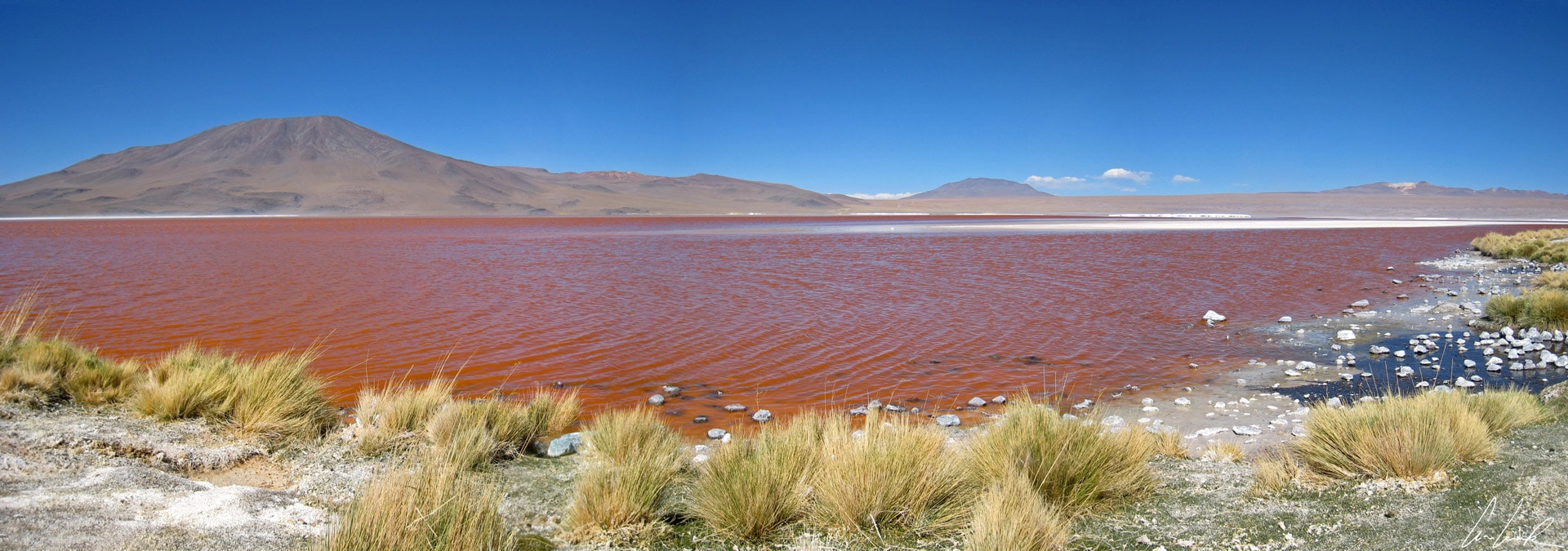
Laguna Colorada
We arrive at the Laguna Colorada, a shallow salt lake in the Southwest of Bolivia’s Altiplano near the Chilean border, a moment we have been waiting for since the beginning of the trip. We are stunned and dazzled by the splendor. Even though I had previously seen a few photographs, the reality is quite different. The waters of the lake have a stunning bright reddish color resulting from the wind disturbing the red sediment and the pigmentation of some algae. This shallow lake, only about 3 feet deep, and surrounded by mountains, covers an area of 23 square miles at 14,035 feet. Algae and plankton thrive in the mineral-rich waters. The lagoon hosts numerous colonies of flamingos that proliferate because of a lack of predators. In the Andes, there are three endemic species of flamingos: the Chilean flamingo, distinguished by its grayish legs with pink joints and a white and black beak, is 43-51 inches high and feeds on crustaceans; the James’ flamingo, the smallest of the three, and the Andean flamingo, the largest with a pale yellow and black beak, and which, like the James’ Flamingo, feeds on algae. In addition, to the colonies of pink flamingos, lamas (small and large) graze peacefully on the edge of the lagoon. Dream or reality… we do not quite know where to look, it makes your head spin and hurt… the joys of high altitude!
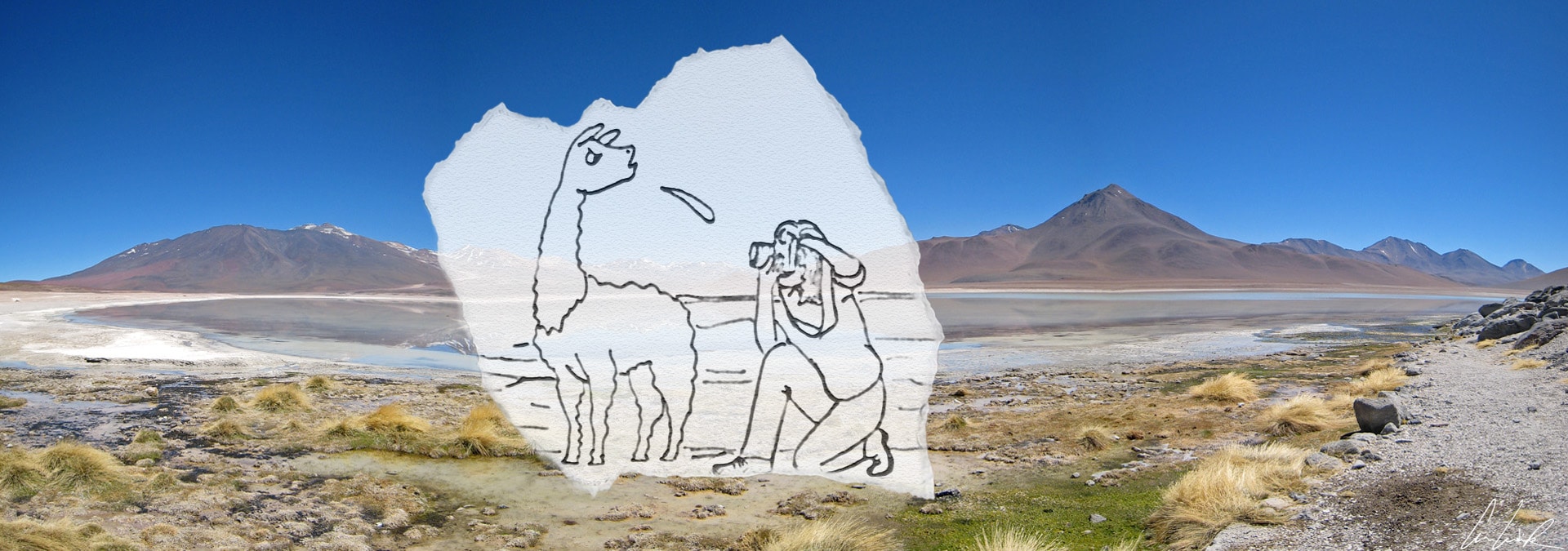



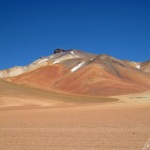
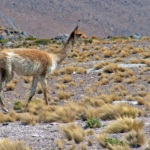
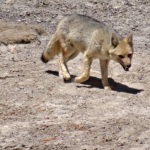


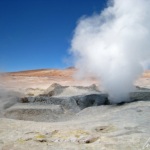
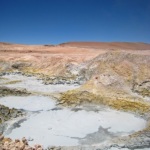
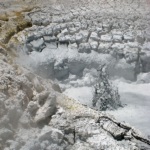
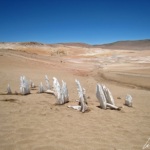

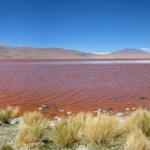
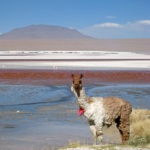



I love Bolivia. The flamingos at the Laguna were spectacular.
Driving past sleeping volcanoes of around 6,000m in height, numerous colourful lakes, abandoned villages known locally as “ghost towns”, fields of wandering llama were just some of the highlights of this amazing trip 🙂
It almost reminds me of Death Valley. Just stunning!
From dusty plains with giant prickly cacti, making it feel like you’re driving through the Wild West, to colourful lakes with shimmering reflections of pink flamingos, to steaming geysers and bubbling, hot pools of mud, to curious rock formations that change colour with the setting sun, the Altiplano is a vast expanse of breathtaking scenery !
Awesome post! I had never heard of The Altiplano. The Lagunas seem awesome, especially the color changing one. And flamingos! Very cool:)
I discovered that Bolivia has something just as special, the magnificent Altiplano, a remote highland plateau that is one of the world’s harshest wilderness regions, and is simply a photographer’s paradise 🙂
My god. What a place!!! I am stunned.
You can’t imagine you are on planet Earth let alone in Bolivia !
Such a lovely place. The arid landscape reminded me of Leh Ladakh in India. I loved Laguna Colorada, its color is spectacular !
The Southern Altiplano of Bolivia is unquestionably one of the coolest places in the world to visit… The landscapes are otherworldly and will leave your jaw on the floor !